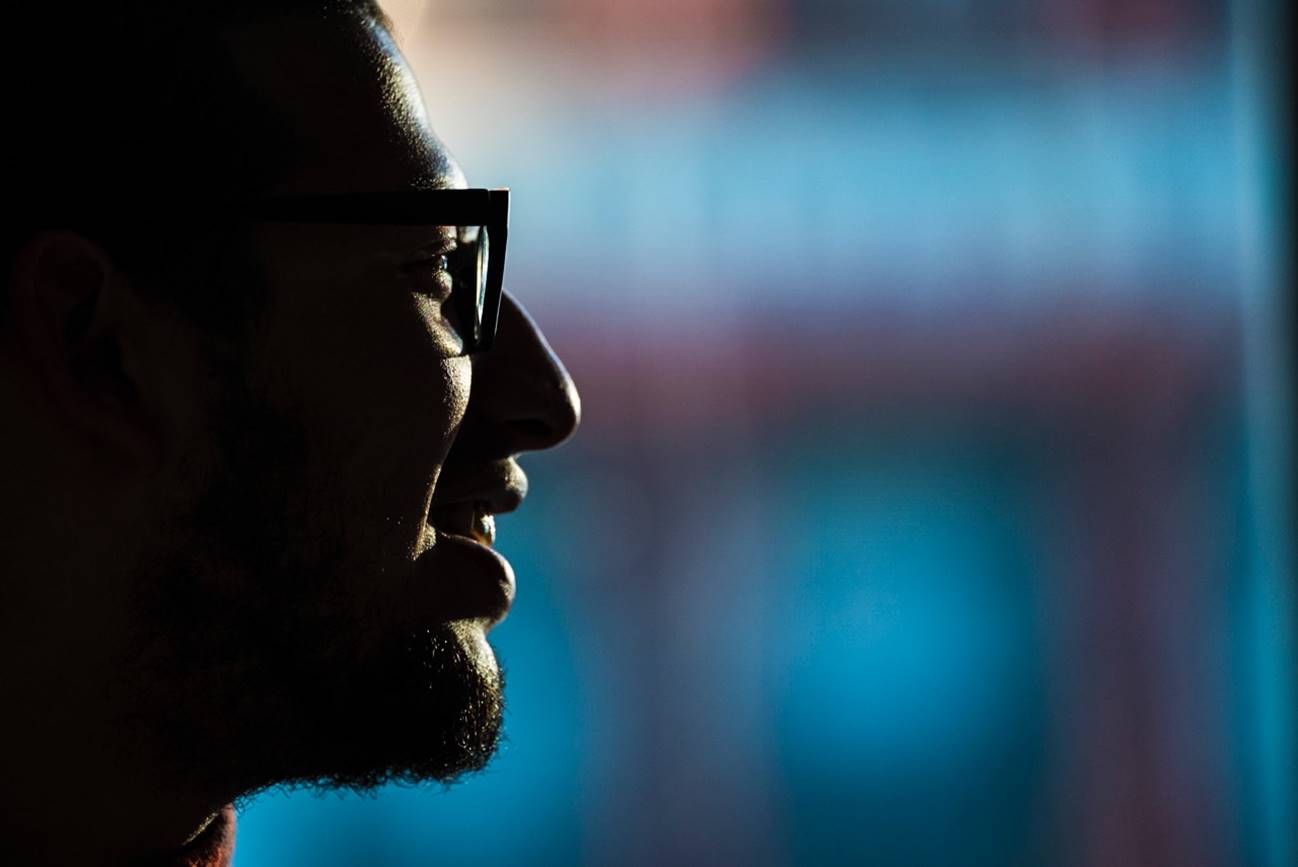ARTIST’S STATEMENT
Fearless Genius: Next Generation – A Work in Progress
This body of work looks at the next generation of would-be innovators and entrepreneurs who face special challenges as they attempt to catch the next wave of new technology.
My photographs are primarily from a hackathon where college students compete over 48 hours to write the most elegant hack, or code, mainly to produce an app. The differentiator at this event was that the top prize was given for the best hack for social good. That might not seem like a big deal, but for anyone following tech it is in fact a very big deal. It’s the return of the early values of Silicon Valley that drove the biggest breakthroughs.
It builds upon my previous long-term documentary project and book about Silicon Valley, “Fearless Genius: The Digital Revolution in Silicon Valley 1985-2000,” which attempted to reveal the culture and daily lives of the secretive tribe of technologists, including Steve Jobs, working mightily to invent the technology that went on to change every aspect of human life.
My original project began in 1985 when I gained unusual access to document Steve Jobs and his team, capturing his process of innovation for three years for LIFE Magazine. I went on to cover most of the leading innovators of the digital revolution for fifteen years as a personal project. The resulting archive of 250,000 images is being preserved at Stanford University Library as a resource for students and historians.
The animating ideas and spirit that launched Silicon Valley and attracted me to document there was a humanist vision to invent tools that could improve our lives. Many would not ascribe those values to Silicon Valley today but that’s how it started. And that spirit inspired the world. Whole countries have scaled their economies around manufacturing technology. In Asia, Africa, India, Europe, Australia and Latin America you can find determined communities attempting to replicate Silicon Valley and encourage entrepreneurship and innovation.
Part of why I want to document the next generation of entrepreneurs and innovators is my hope of discovering the same passion and naïve idealism that fueled the greatest technology of the previous generation. Money was secondary to inventing the impossible and changing the world. It’s definitely possible to find some signs of this early idealism coming back, it’s just not generally supported by our society.
Although there is lots of impressive innovation today, most of it is in fact iterative. Every product we use, whether in outer space or our kitchens, has its developmental roots in the 1980’s and 1990’s, or even earlier. Apps and games account for the vast majority of development today, which are useful but not in any way equivalent to the magnitude of change brought by the PC or rise of the internet in the 1990’s. Yet this is part of the natural process of technology development. Futurist Paul Saffo said “it takes twenty years to be an overnight success in Silicon Valley.” We are now riding the tail end of a 30+ year wave of development which can be understood in terms of how well the integration of maturing technologies has progressed to actually create products that deliver on long-ago promises.
And an astonishing new wave of technology is coming – nanotech, 3 D printers, sensors, quantum computing, robotics, machine learning, genomics, biotech and more––no doubt the next wave will blow the last one away.
And it comes with a whole new generation of hungry entrepreneurs and innovators worldwide and these are the subjects of this exhibit and my new ongoing project. It was meeting and talking with many of them on my travels in support of my “Fearless Genius” book and learning about the complex challenges they face that got me thinking about them.
The first challenge they have is in the US where we are not educating enough engineers. China graduated roughly 2 million last year; we graduated around 150,000 of which only 50,000 were computer scientists. This means it is increasingly harder for entrepreneurs to find talent for their start-ups in the US. This is exacerbated by our backwards immigration policies which not only prohibit new talent from coming to the US, but forces new graduates to return to their home countries. Yet approximately 70% of CEO’s in Silicon Valley are foreign born.
An even more daunting problem is the lack of “patient” money. In the 1980’s investors were willing to tolerate more development time and risk. After the crash of 2000 there was an institutionalization of a short-term investment cycle. In 2000, instead of five or 7 years, the average investment was down to 2 years before exiting. This has slowly started to increase but this strategy means funding for only easy stuff like apps or games which can be built quickly. In general, the visionary dreamer with a big idea is not supported these days. Hard problems like solving climate change, or anything to do with hard science, is very hard to get funded these days. And if we are not funding that, how innovative are we really?
Another issue that seems to be finally being addressed is diversity, both gender and ethnic. It remains difficult for women and people of color to get funded by the still white-male majority of venture capitalists and banks.
They will face huge ethical challenges as well. The Singularity is coming too, when it’s predicted that we’ll upload our brains into a hive mind and live forever without physical bodies. Now whether you think that’s really cool or utterly terrifying, I just think innovators need to think about the implications of what they are building. There are always unintended consequences. Of course we didn’t get a vote on that atom bomb thing, and nobody asked me if I wanted to type with my thumbs on tiny keyboards, that’s not how technology development works. But I believe we all have a voice and should be educating ourselves on what is coming so we can have more dialog about how technology is impacting our lives. It’s already frightening to learn how companies are managing big data––our data––through machine learning/AI. It might already be way too late to maintain any real privacy.
I have heard often from this next generation that they want to be the next Steve Jobs or Jeff Bezos or Mark Zuckerberg. Each of those people found extremely patient funders who believed in their vision. They had their choice of a wide pool of talent worldwide. And everything they did was possible because of earlier government funding into science and research, without which there would not even be a Silicon Valley. Yet I do remain for the most part hopeful this new generation will overcome every obstacle.
Beneath the vast enterprise and churn of the early digital revolution, I discovered the joyful, primal urge to invent tools that has driven human progress for millennia. I saw something uncontrollable, hungry and wild– something human– that yet remains in Silicon Valley. Hopefully, soon the next generation will drive a new technology revolution that can fulfill the promises of the last one.
Who will be the next Steve Jobs and where will she come from?



